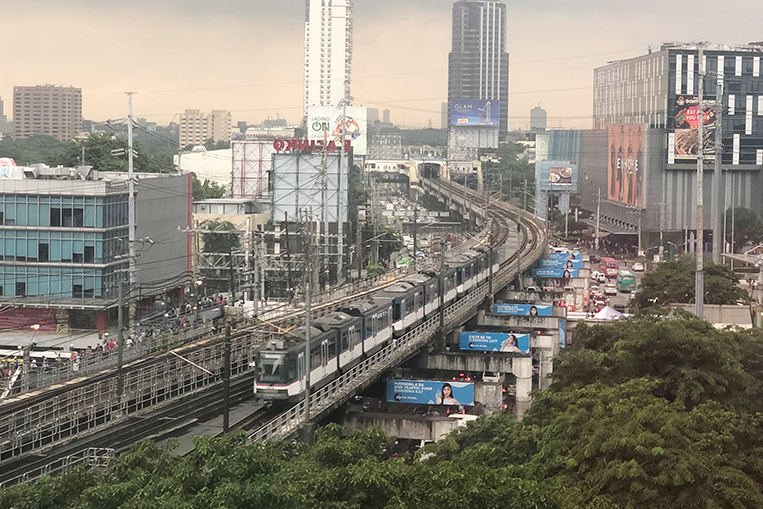
Our Metro Rail Transit works. Or maybe it was just my lucky day.
Before I tell the tale of my first encounter with the MRT, I need to make some disclosures. I am a balikbayan—a returning OFW—who only very recently transitioned back to Manila. I have lived outside the Philippines for over 18 years. And yes, I am a senior citizen. Up front, I apologize for any idiotic and uninformed observations I may make; I mean no one any disrespect. I am still feeling my away around.
I lived in Singapore and Japan for nearly two decades. Prior to my return, I had been overcome by the horror stories of Filipino commuters on social media, particularly about the MRT. Reports of lines stretching for blocks, horrific overcrowding, frequent train breakdowns, inordinate delays, rudeness of fellow commuters, and threats to life and property were a dime a dozen. It all seemed hopeless.
I traveled across Asia for my previous job. My own encounters with MRT-type transport were in Singapore, Japan, Bangkok and Kuala Lumpur. My experiences were generally pleasant, though I must admit that my use of trains was limited in number and distance. My immersion in mass-transit trains was most extensive in Nagoya, where I lived for three years.
When I was planning my return to Manila, I was swamped with innumerable details, but I intentionally refrained from pre-arranging a car for my use. I thought I would give public transport a try and a chance. In my lifetime, I have had my fair share of commuting by bus, jeepneys and tricycles. However, I had never tried the Philippine MRT. I was determined to change that.
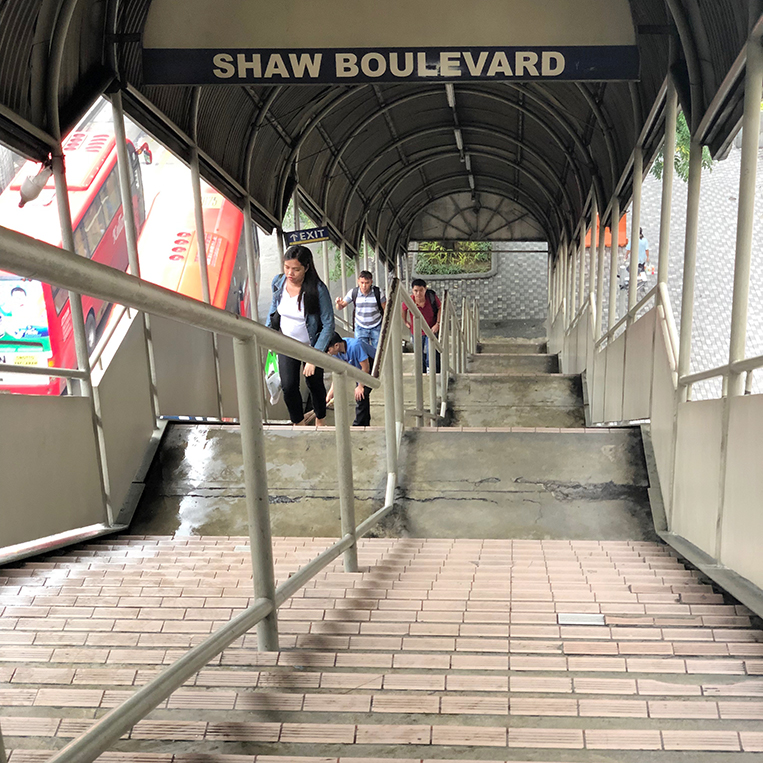
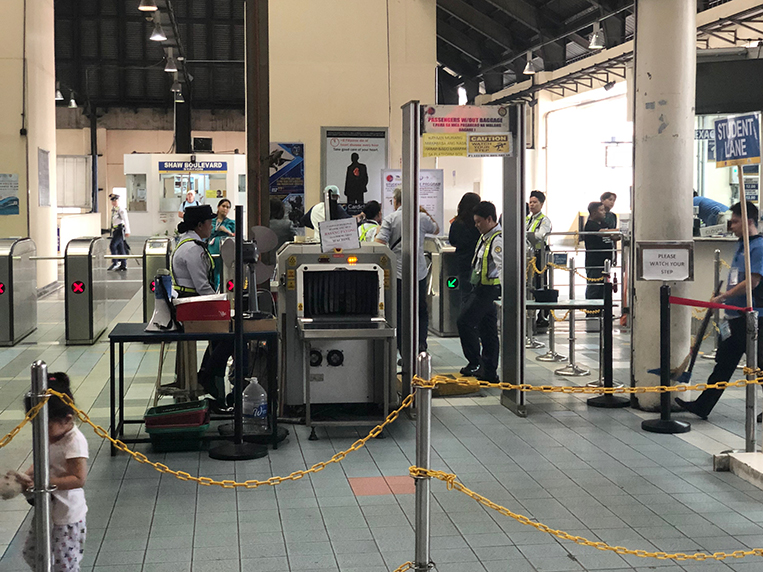
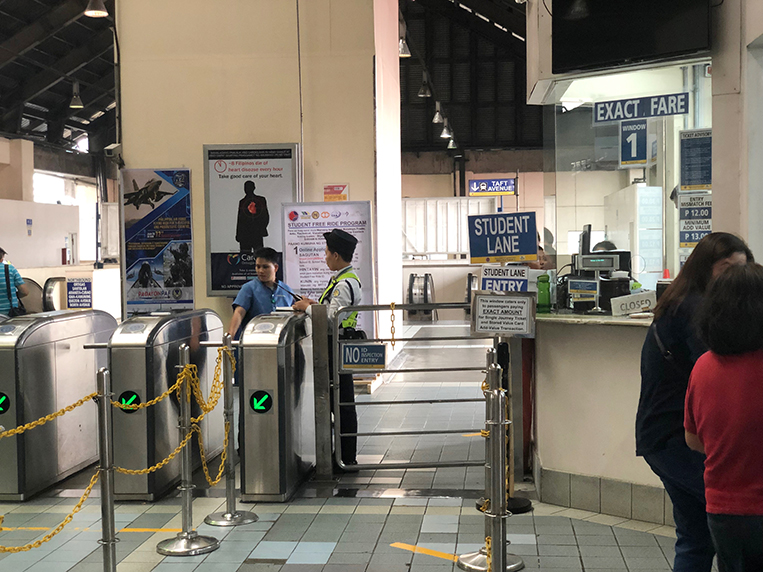
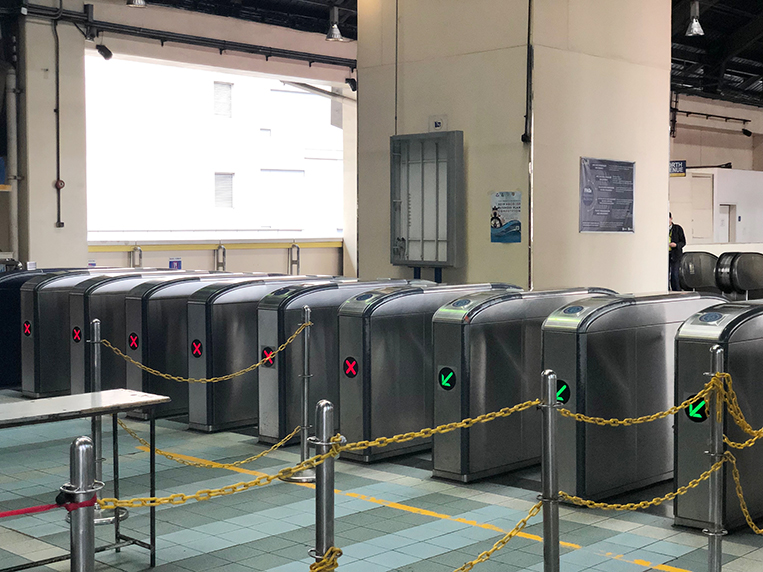
In my first week back in town, I found myself in Mandaluyong. It was 8:30 in the morning. I had a lunch appointment at Glorietta in Makati scheduled for 11:30am, and I was planning to hail a Grab car to get there. Then it struck me: This could be the perfect opportunity for me to ride the MRT. No sense putting it off.
I asked around for directions to the station and how to get a ticket. They were pretty straightforward. What surprised me were the many warnings I received:
Keep your wallet in your front pocket… Sling your bag in front of you and not on the back… Do not use your mobile phone… Keep a watchful eye on those around you… Don’t stand in front of the platform… Keep away from the train doors.
Should I be worried? Should I rethink my intent to get on the MRT? No. I thought that I just had to be as mindful and vigilant as I would be in any other city. So off I went.
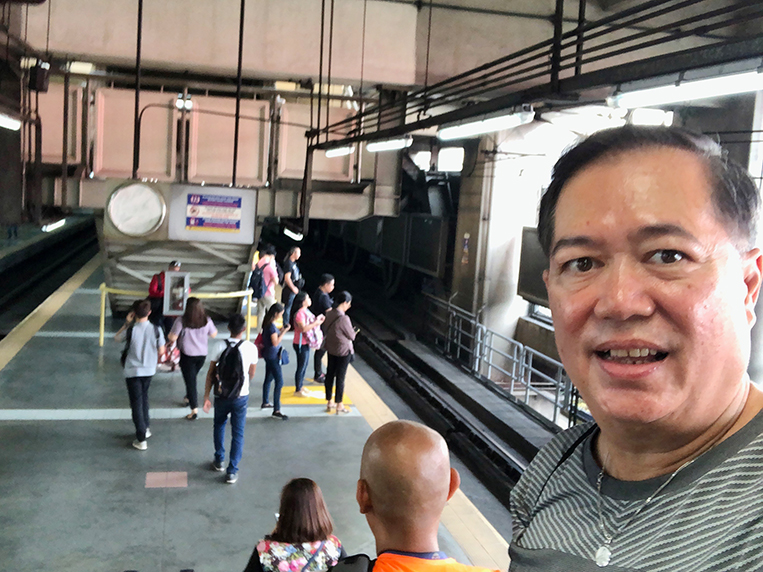
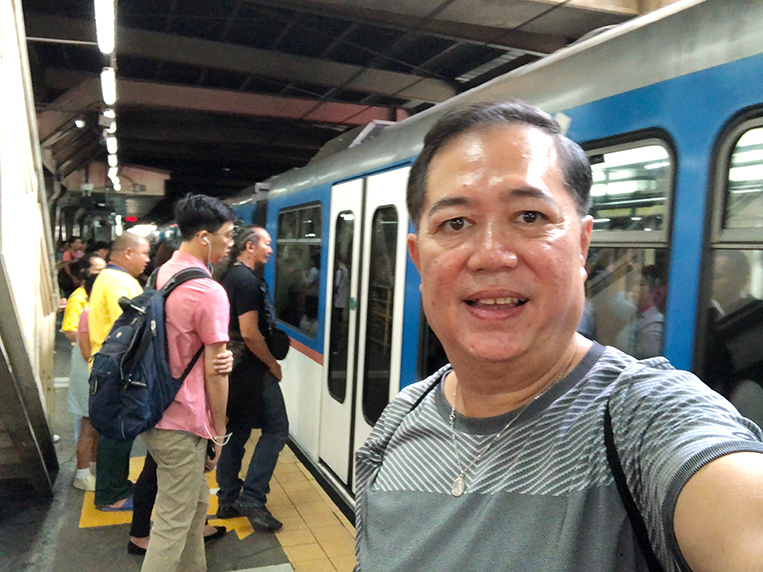
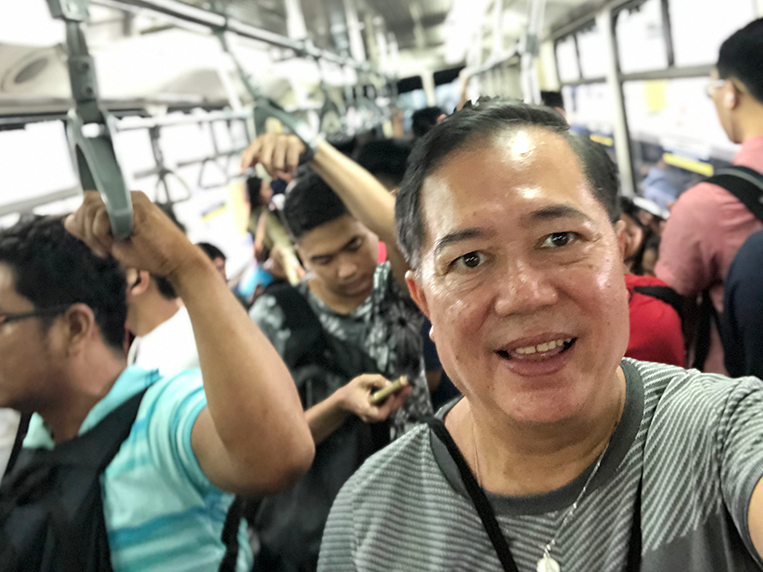
I got to the Shaw Boulevard Station at around 9am. I was anxious about running into a queue. Thankfully, there was none. I started up the steep flight of steps to the platform, but turned around because I was unsure about how to access said platform (it appeared to be one level below the top of the steps, so I thought I was on the wrong path). I decided to line up for the elevator, confident in my Senior Citizen status. The lift worked and it clearly indicated where to get off. Great.
Getting off the elevator, I was greeted by a nice breeze and a barely filled station. I saw the ticket counter, got my Beep card and walked to the entry turnstiles. I was impressed to see a security check for bags and passengers. In this age, it seems only prudent to have one. I would say this puts us somewhat ahead of other countries in terms of safeguarding the riding public. Score one for us! Also, students had their own access lane. Awesome! Again, that was something I had not observed—or may have overlooked—in other countries. Chalk a second point for us.
It cost me all of P16 and 15 minutes each way. A Grab ride would have required about P250 and 45 minutes in each direction
The train platform was littered with a smattering of commuters. There was no overcrowding or any massive push of flesh into the trains. Those on the platform gave way to alighting passengers, and then they boarded. All very civilized, really. The train was filled, but passengers were not crushed into each other. Each one had his own decent amount of breathing space. It was not unlike what I had experienced in other countries. But, yes, I did observe that backpacks had miraculously transformed into frontpacks. People take the security of their belongings seriously, probably for good reasons.
I made it to the Ayala Avenue Station without a hitch. The train did seem rather slow (maybe the proximity of stations does not allow for it to go any faster). And it was hot inside the train car. I wasn’t sure if the air-conditioner was functioning or if it was existent in the first place. Perhaps fans could have been installed if only to keep the air circulating. I had broken into a sweat by the time I got off. If I thought the hike to the platform at Shaw was steep, Ayala was even more so. Good thing I was walking down (though I dreaded the inevitable climb up on the way back). Directional signs were abundant, making it easy for me to find my way out.
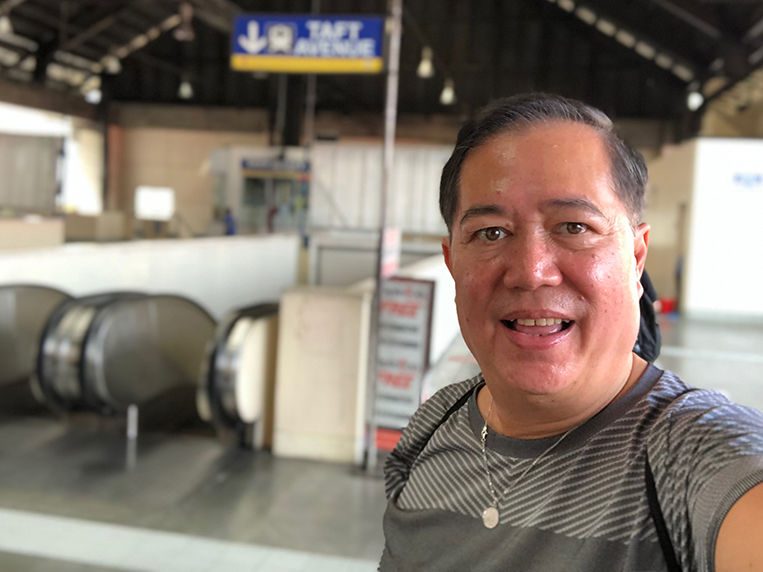
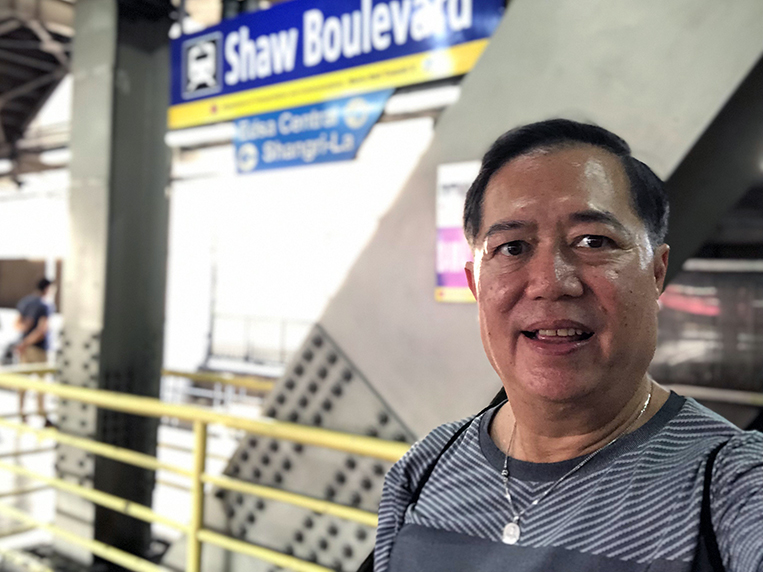
After my business at around 1pm, I decided to again take the MRT going home. From Makati back to Shaw, I simply reversed my tracks. Again, all very uneventful and smooth. Only the hike up the steps to the Ayala Station took my breath away (the escalator was under repair).
Mission accomplished. It cost me all of P16 and 15 minutes each way. A Grab ride would have required about P250 and 45 minutes in each direction. I think I made the right choice.
To get a more balanced view, though, I visited the Shaw Station again at 4:30 in the afternoon. This time, there was a queue that started at the bottom of the steps all the way to the station deck. I did see a security officer who was dutifully providing helpful reminders over a megaphone. Commuters were patiently standing in line, while security personnel were respectful.
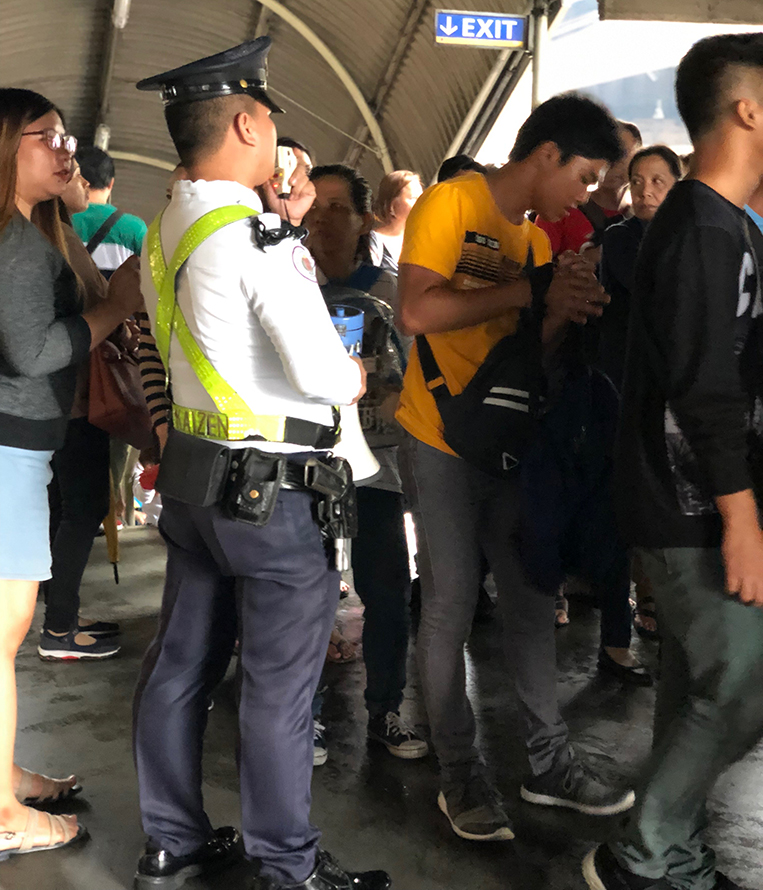
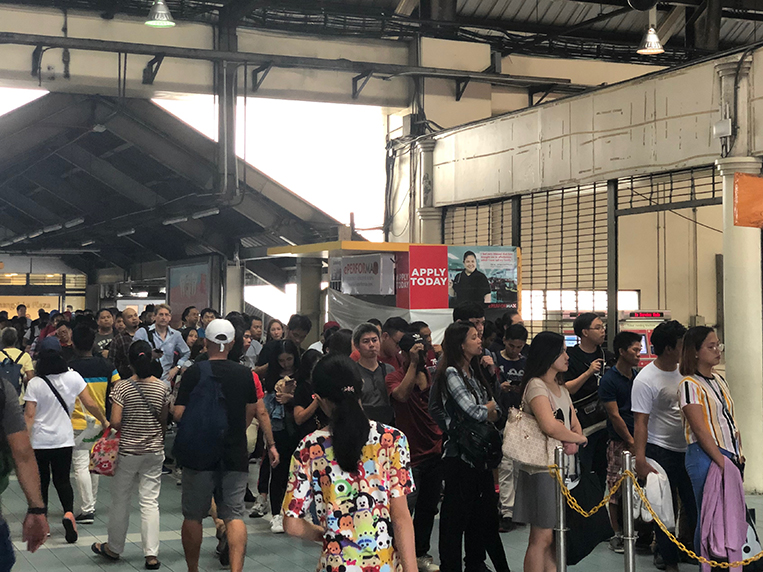
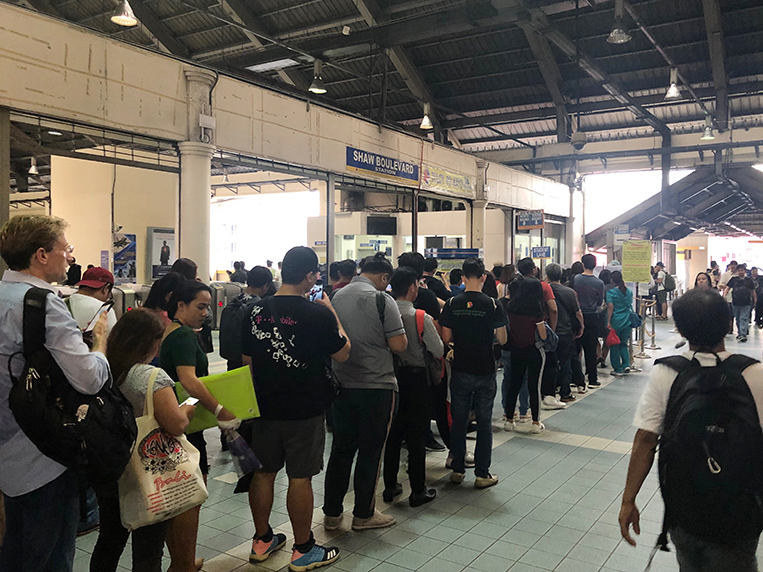
From this experience, I can say that riding our MRT isn’t really that much different from other countries, except that the queue is more evident because it’s usually a single line snaking from ground level to top floor. In other countries, I suppose, capacity is matched more closely to demand, so the lines are not as long. In Nagoya, for example, there’s a train pulling in and pulling out almost every two to three minutes during peak hours. This allows them to move huge numbers of commuters in short time.
So maybe I was lucky that my first brush with our MRT was without incident or discomfort. Commuters should not have to depend on luck, though. They deserve better. They deserve a public transport system they can rely on. Every day. Every time.

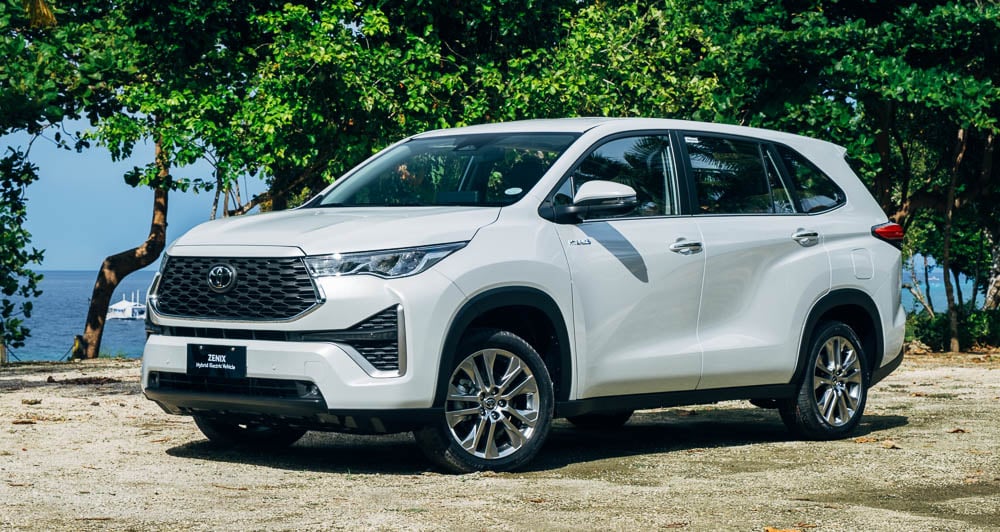
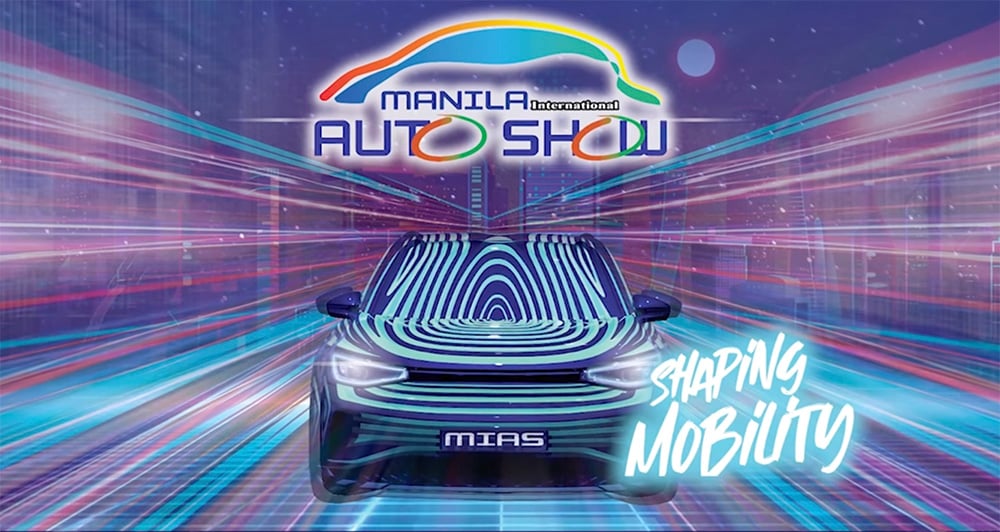
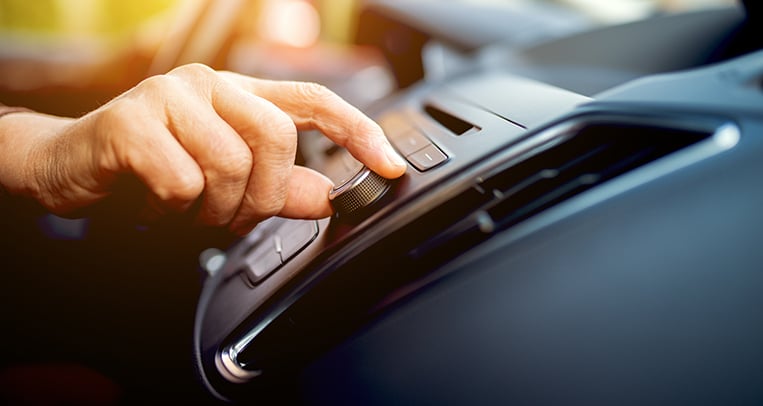
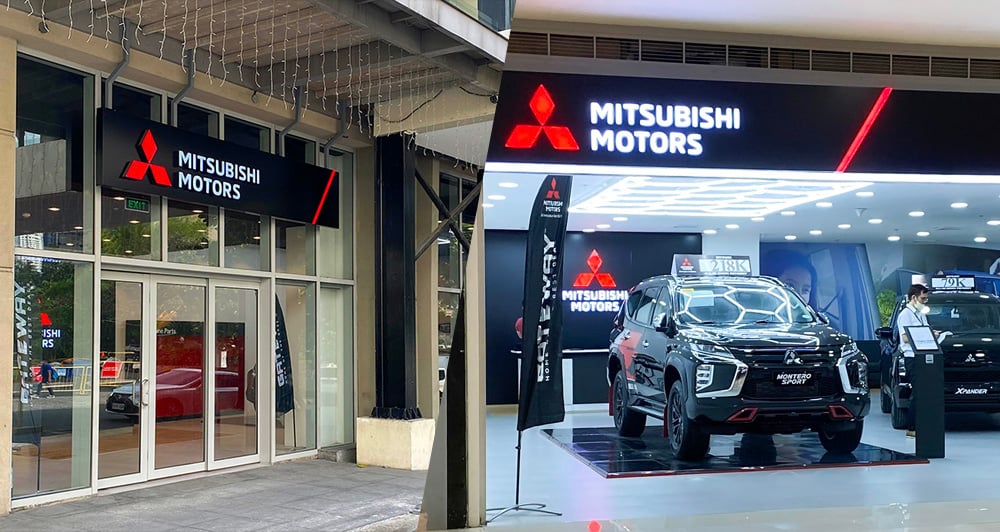
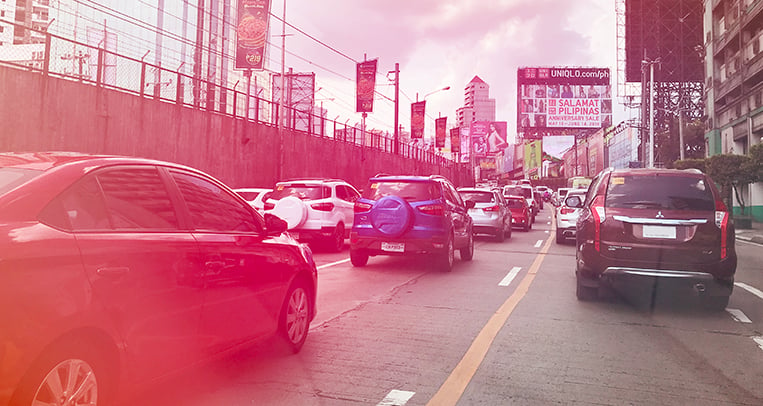
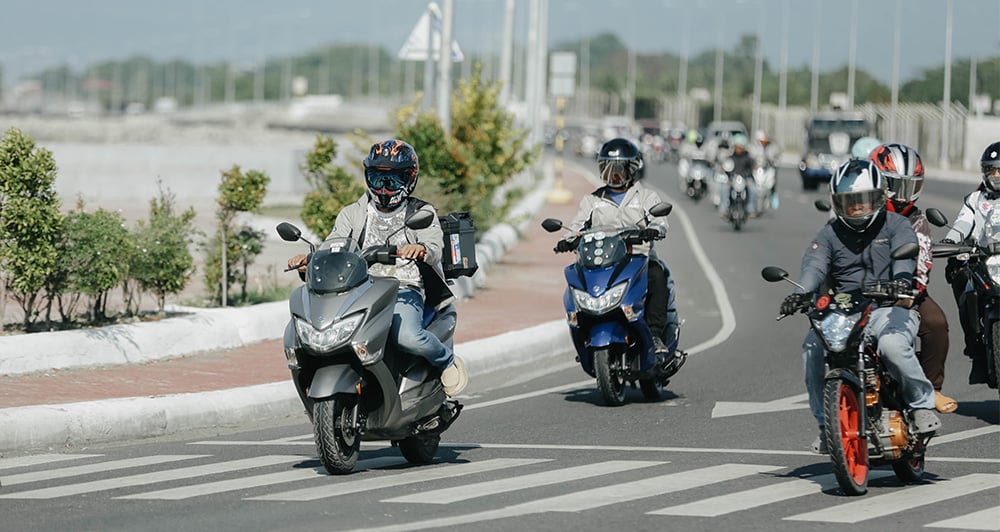
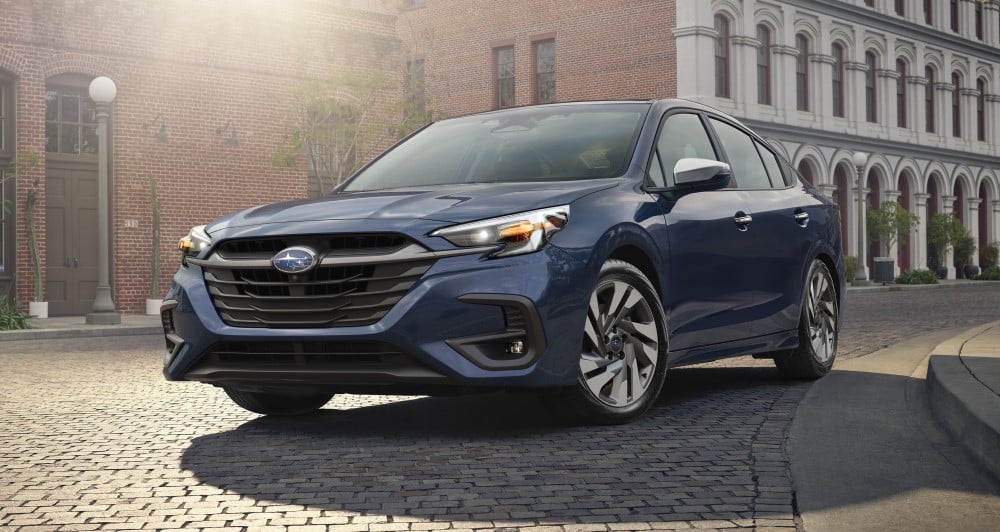
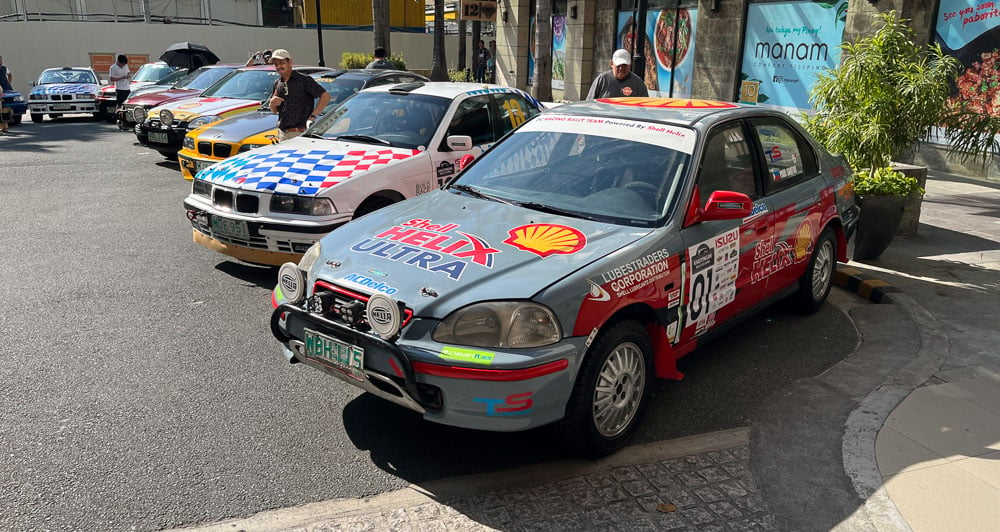
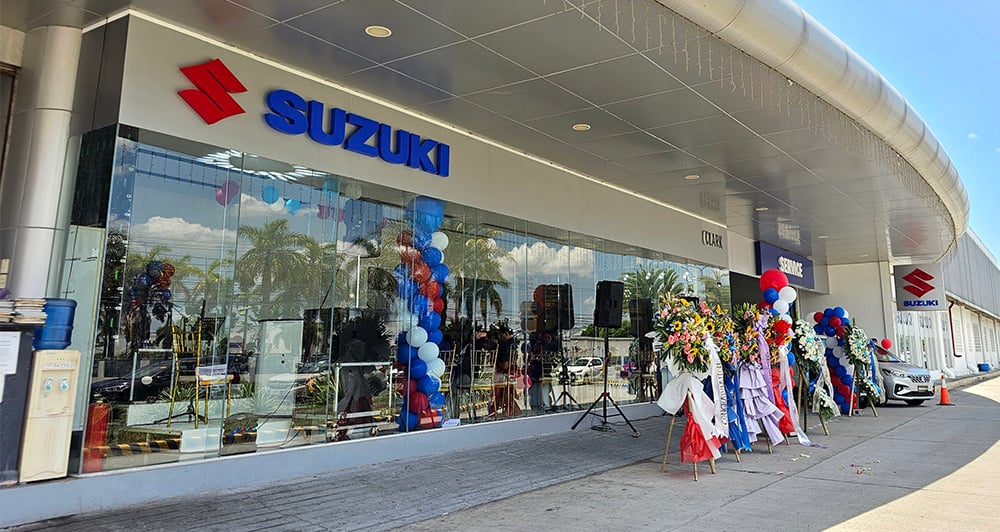
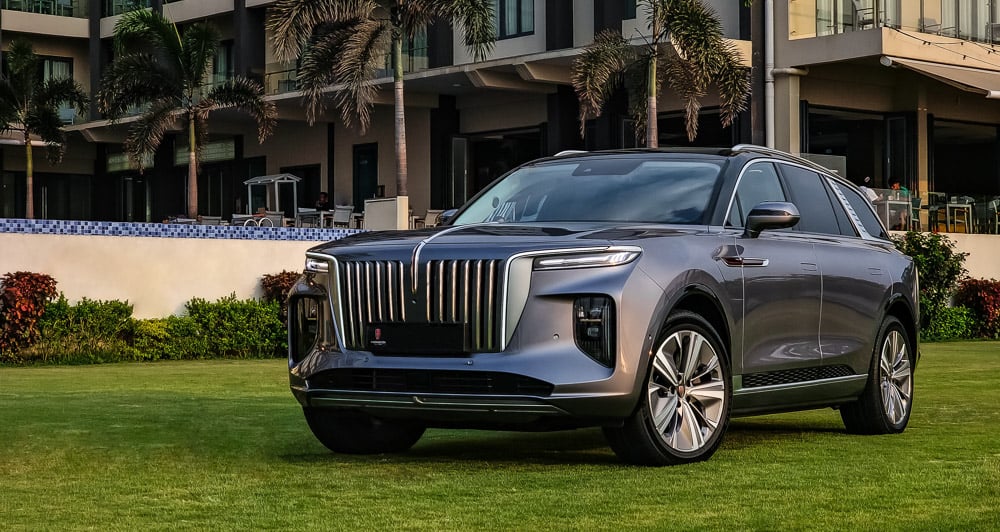
Comments